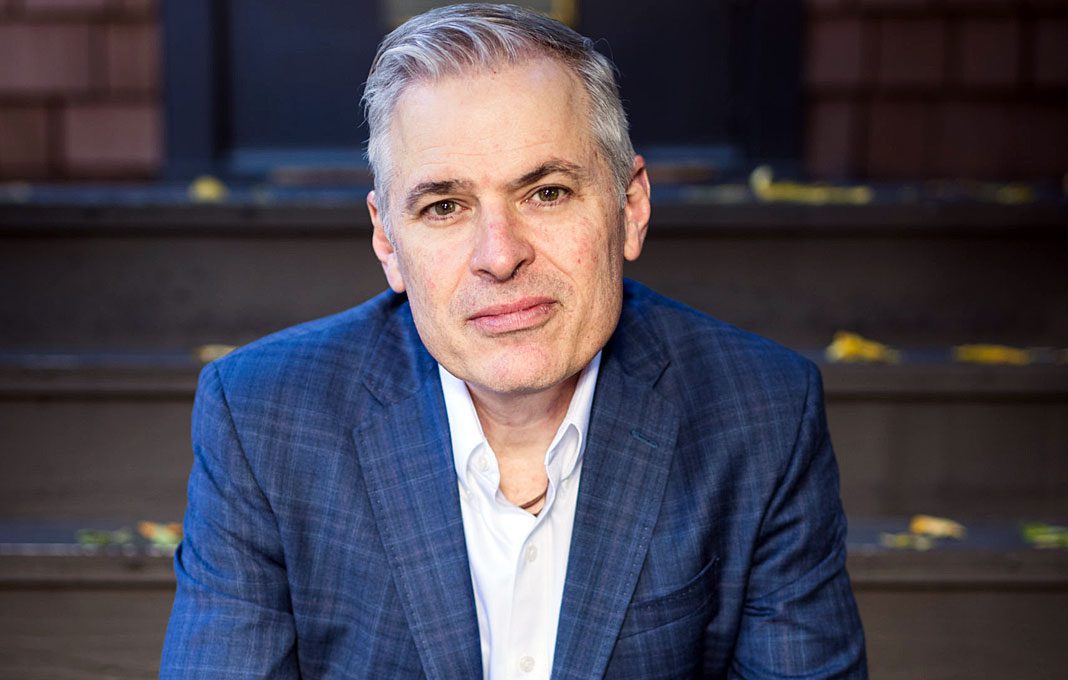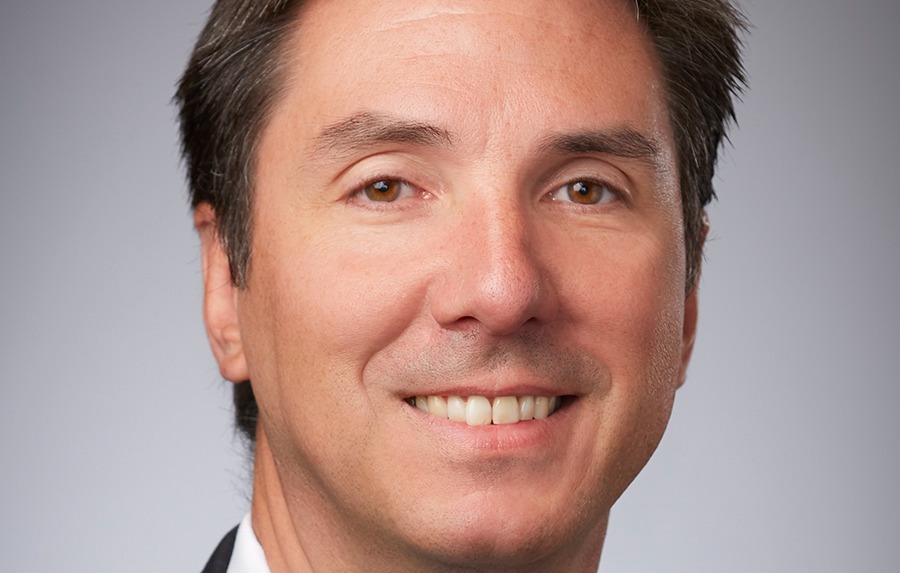When it comes to pulling people together and building teams that act like teams, there are few people more trusted or well-respected than Patrick Lencioni.
Over decades of helping companies, he’s learned what makes people work together in ways that actually work, what motivates them, what builds trust and what drives the people who lead those groups to long-term, soul-satisfying success.
Those insights form the foundation for one of the more remarkable bestseller bookshelves in business, including titles like Five Disfunctions of a Team, The Advantage, The Ideal Team Player, The Motive, Death By Meeting, and, most recently, The 6 Types of Working Genius.
We asked Lencioni, a longtime contributor to Chief Executive, (who will be hosting an exclusive, live workshop for us on Feb 1, to help you kickstart your new year—join us!) for a few tips on how to get things going after a very sloggy 2023, as we head into what already feels like an even tougher 2024. What follows was edited for length and clarity:
This is a very traditional time for off-sites, getting the team together, it’s the beginning of the year. What are your best tips for leaders as they’re trying to get their group back together again and recommit to the company going forward into the year ahead?
I’ve definitely thought about this, and I want to preface it by saying I’m not a touchy-feely person. In fact, I’m allergic to things that are soft for the sake of being soft. But we are dealing with human beings here. So as much as we want to get into the planning and strategy and the tactics of things and the data and the information, all of which are extremely important, when people come back into a new year, both because of what they’ve just been through with the holidays and because they know it’s a new year too, there’s all kinds of personal things that they’re bringing with them. And we can either ignore them, those personal things, and then not get the best of people or we can start there and help them get their sea legs.
So, I would say this: start with human trust building, just find out where people are at and where they’re at in their life, and how they’re interacting with one another. And again, there’s nothing soft about that, it’s human. So, do take some time, take a few hours for people to come together and talk about where they are in their lives, where they are in their careers, how they’re feeling about starting the new year, what’s been going on with them in the last few months.
That investment of a few hours, that’s slowing down to go fast. Now when you’re talking about strategy, and where you’re taking the company, and what the different departments are doing, they’re not going to be held back by some unsaid things and some unfelt feelings that always leak into the planning. So, take the time to start with the human dimension, it will make everything else better.
How about CEOs themselves? If we’re trying to just rekindle our excitement about being CEOs and leaders, personally, going into the year ahead, how do we restart ourselves and recommit ourselves to our teams and our people and our organizations? Any tips there?
You know what I think is a good way to do it? Start by just saying, “Who am I going to help this year? Who is in my life that I’m meant to serve and help?”
It might be a partner, it might be a customer, it might be an employee, it might be another executive. But to start by saying, “Who am I meant to serve, and to love, and to help?” That’s a decent way to organize it because we all get excited when we know there’s people that need us.
Sometimes when we look at objectives, which are by definition objective, sometimes it’s a good way to start the year and say, “How am I going to make a difference in their lives?” Because that gives everybody purpose.
And I don’t know a single CEO who isn’t motivated by that. That’s not to say that it’s just a social services organization, but when you start with that, then it seems to put all the other, the objectives and the tactics, it gives it some context, which I think gets us out of bed in the morning more than just achieving a goal.








